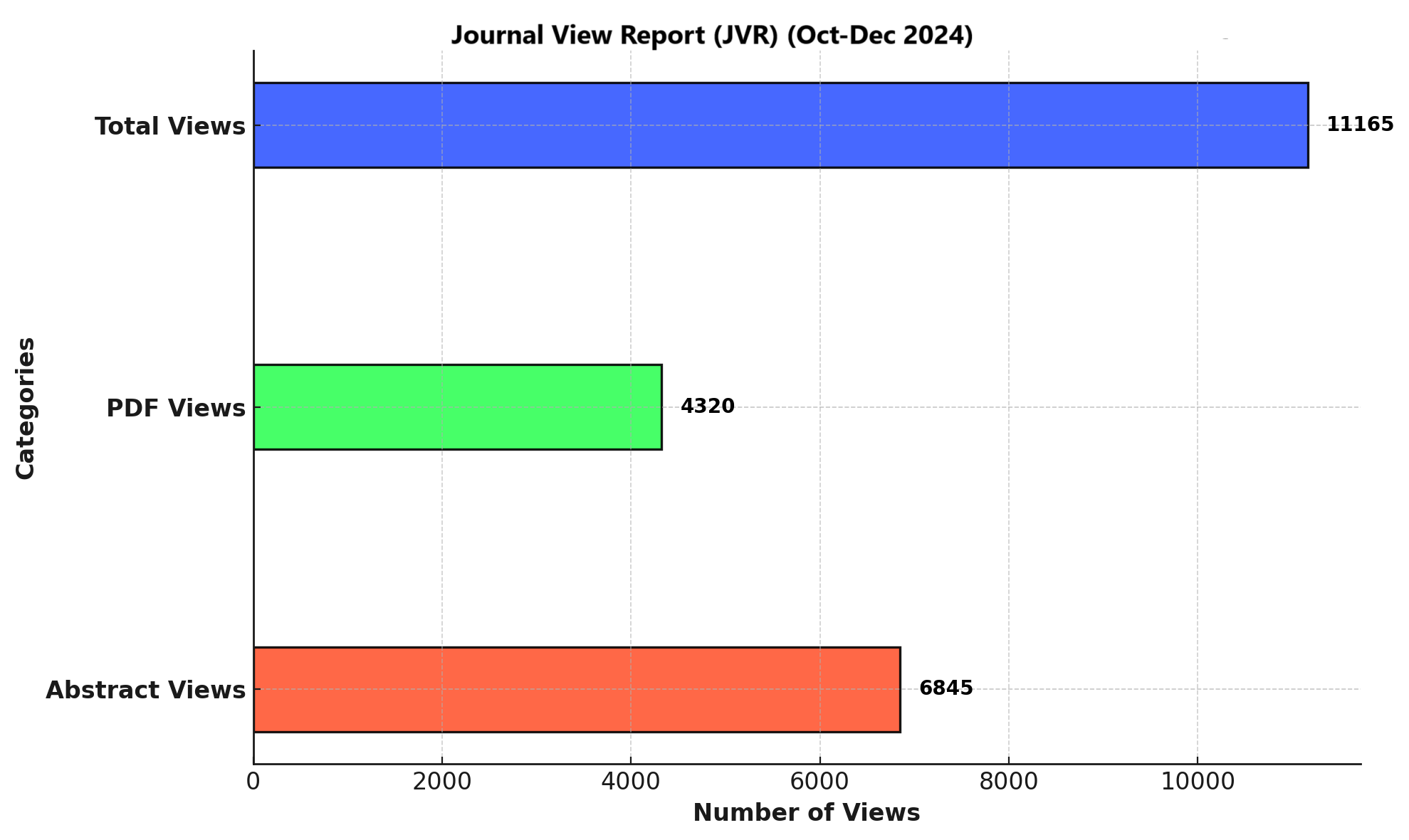ROLE OF FINE NEEDLE ASPIRATION CYTOLOGY IN THE DIAGNOSIS OF THYROID DISEASE AT BOLAN MEDICAL COMPLEX HOSPITAL, QUETTA.
DOI:
https://doi.org/10.71000/493xnz08Keywords:
Accuracy, Cytology, Diagnosis,, Fine-Needle Aspiration, Histopathology, Thyroid Neoplasms, Thyroid NoduleAbstract
Background: Thyroid nodules are increasingly encountered in clinical practice, with a substantial proportion requiring diagnostic evaluation to exclude malignancy. Fine-needle aspiration cytology (FNAC) is widely utilized due to its minimally invasive nature, cost-effectiveness, and high diagnostic yield. Early and accurate differentiation between benign and malignant thyroid lesions is essential for appropriate surgical planning and to prevent overtreatment. This study investigates the diagnostic performance of FNAC in assessing thyroid nodules, using histopathology as the reference standard.
Objective: To evaluate the diagnostic accuracy of fine-needle aspiration cytology (FNAC) in differentiating benign and malignant thyroid nodules.
Methods: This cross-sectional study was conducted in the ENT Department of Bolan Medical Complex Hospital, Quetta, over six months, from November 2023 to May 2024. A total of 229 patients aged 18 to 75 years with clinically or radiologically suspected thyroid nodules underwent ultrasound-guided FNAC. The cytological findings were compared with postoperative histopathological outcomes. Inclusion criteria encompassed patients with suspected malignant thyroid nodules. Exclusion criteria included prior thyroid surgery, current treatment for thyroid malignancy, and non-consent. Data analysis was performed using IBM SPSS version 25.0. Diagnostic metrics including sensitivity, specificity, positive predictive value (PPV), negative predictive value (NPV), and overall accuracy were calculated.
Results: Among 229 patients, 202 (88.21%) were female and 121 (52.84%) were between 18–45 years. FNAC results revealed 89 true positives, 10 false positives, 119 true negatives, and 11 false negatives. FNAC demonstrated a sensitivity of 89.0%, specificity of 92.25%, PPV of 89.90%, NPV of 91.54%, and an overall diagnostic accuracy of 90.83%.
Conclusion: FNAC showed high diagnostic accuracy in distinguishing malignant from benign thyroid nodules, supporting its routine use in preoperative evaluation to guide surgical decision-making and improve patient outcomes.
Downloads
Published
Issue
Section
License
Copyright (c) 2025 Adnan Yousaf, Abdul Lateef Kakar, Faiza Fayyaz, Sarah Nathaniel, Saeed Khan, Aria Masoom (Author)

This work is licensed under a Creative Commons Attribution-NonCommercial-NoDerivatives 4.0 International License.







